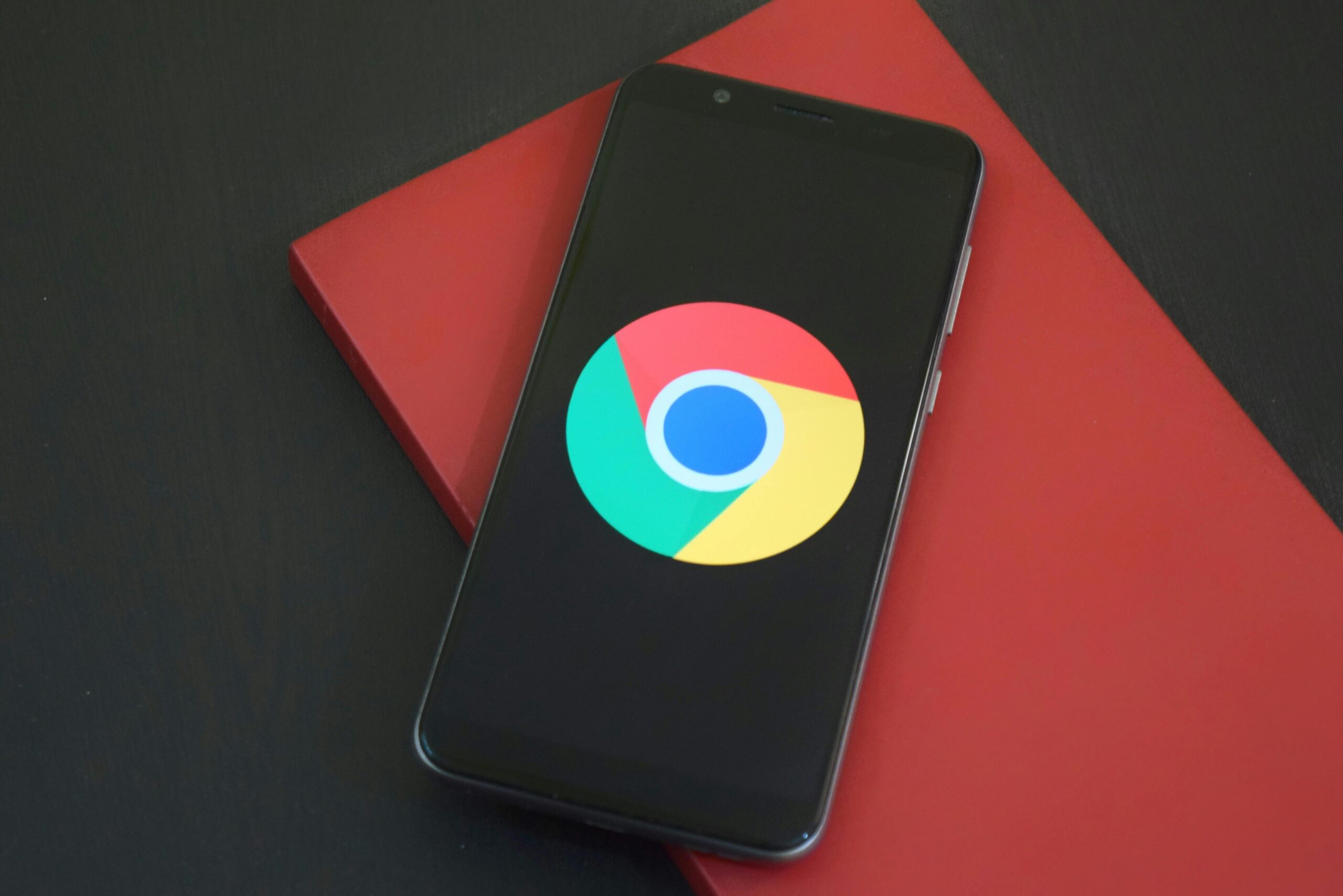
Mobile Incognito Mode: How to Enable Private Browsing on Google Chrome
Privacy has become a growing concern in today’s digital age, and many users are turning to tools like Google Chrome’s Incognito Mode to safeguard their browsing activity. Whether you want to prevent tracking, hide your search history, or avoid auto-suggested sites, Incognito Mode on your mobile device can help. This guide walks you through how to use Google Incognito on both Android and iOS, explaining its benefits and limitations.
What Is Google Incognito Mode?
Incognito Mode is a privacy feature in Google Chrome that prevents your browser from saving your browsing history, cookies, and site data. While it’s not a full-proof privacy solution (your activity can still be seen by websites, your employer, or your internet service provider), it’s an easy way to keep local data from being stored on your device.
Benefits of Using Incognito Mode
- Private Browsing: Your browsing history won’t be saved, and any sites you visit won’t appear in your search history.
- Avoid Autofill and Suggestions: Incognito Mode prevents Chrome from using and saving autofill data, including form entries and search suggestions.
- Temporary Cookies: Any cookies and site data are erased once you exit the session.
- Multiple Accounts: Use multiple accounts simultaneously without logging out of your primary account.
How to Activate Google Incognito Mode on Mobile
For Android Users:
- Open Google Chrome: Launch the Google Chrome app on your Android phone or tablet.
- Access the Menu: Tap the three dots (⋮) in the upper right corner of the browser.
- Select “New Incognito Tab”: In the dropdown menu, you’ll see the option to open a new Incognito tab. Tap it, and a new Incognito session will open.
- Browse Privately: You can now browse without your activity being saved. The dark theme in the tab will indicate you’re in Incognito mode.
For iPhone/iPad Users:
- Launch Google Chrome: Open the Google Chrome app on your iOS device.
- Access the Menu: Tap the three dots (…) in the lower-right corner.
- Select “New Incognito Tab”: Choose the option to open a new Incognito tab.
- Private Browsing Mode Activated: You’ll notice a dark theme similar to Android, indicating you’re in Incognito mode.
Exiting Incognito Mode
To exit Incognito Mode on mobile, simply close the Incognito tabs by tapping the tabs button (the square icon with a number in it, representing the number of open tabs) and swiping the Incognito tab off the screen.
Things to Remember About Incognito Mode
- No Complete Anonymity: Incognito Mode does not hide your activity from websites, network administrators, or internet service providers. For complete privacy, you’ll need a Virtual Private Network (VPN).
- Downloads Remain: Any files you download while browsing Incognito will remain on your device, even after the session ends.
- Bookmarks Are Saved: While your browsing history isn’t saved, any bookmarks you create will remain visible after you exit Incognito Mode.
- Session-Based: Once you close all Incognito tabs, all related browsing data (like cookies) is erased. You must open a new Incognito session next time you want to browse privately.
Why You Should Use Incognito Mode
- Shared Devices: If you share your mobile device with others, Incognito Mode ensures that your browsing habits remain private, as no history or cookies will be saved.
- Online Shopping: Shopping for gifts? Keep your search and shopping history secret by using Incognito Mode.
- Avoid Targeted Ads: Prevent websites from using cookies to track your interests and bombard you with targeted ads.
- Logging Into Multiple Accounts: Incognito Mode allows you to log into a second account on the same website without affecting the primary login in your standard browsing session.
When Not to Rely on Incognito Mode
Although Incognito Mode provides a convenient way to prevent Chrome from saving your browsing data, it’s not foolproof for maintaining full online anonymity. For example:
- Work and School Networks: Your employer or school can still track your activity, even when using Incognito Mode.
- ISP Visibility: Your internet service provider (ISP) can still see your online activity.
- Website Data: The websites you visit can still collect and track your data.
Additional Tips for Enhancing Privacy on Mobile
To take your mobile privacy a step further, consider these additional measures:
- Use a VPN: A Virtual Private Network (VPN) will encrypt your internet connection, making it more difficult for anyone to track your online activities.
- Clear Browsing Data Regularly: Outside of Incognito Mode, regularly clearing your browsing data (history, cookies, cache) can help maintain privacy.
- Enable “Do Not Track”: Enable the “Do Not Track” request in Chrome’s settings to inform websites you prefer not to be tracked (although compliance is voluntary).
- Use Privacy-Focused Browsers: Consider using browsers like DuckDuckGo, which focuses on privacy by default.
Conclusion
Using Google Chrome’s Incognito Mode on mobile is a simple yet effective way to browse privately without leaving traces of your online activities. Whether you’re using an Android or iOS device, activating Incognito Mode is a breeze and can give you peace of mind when privacy is a concern. Remember, though, that Incognito Mode is not a comprehensive privacy solution—combine it with other tools like VPNs for greater anonymity online.